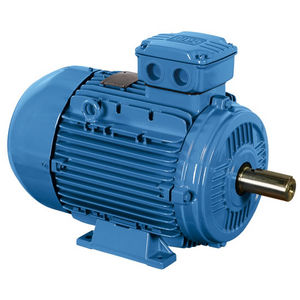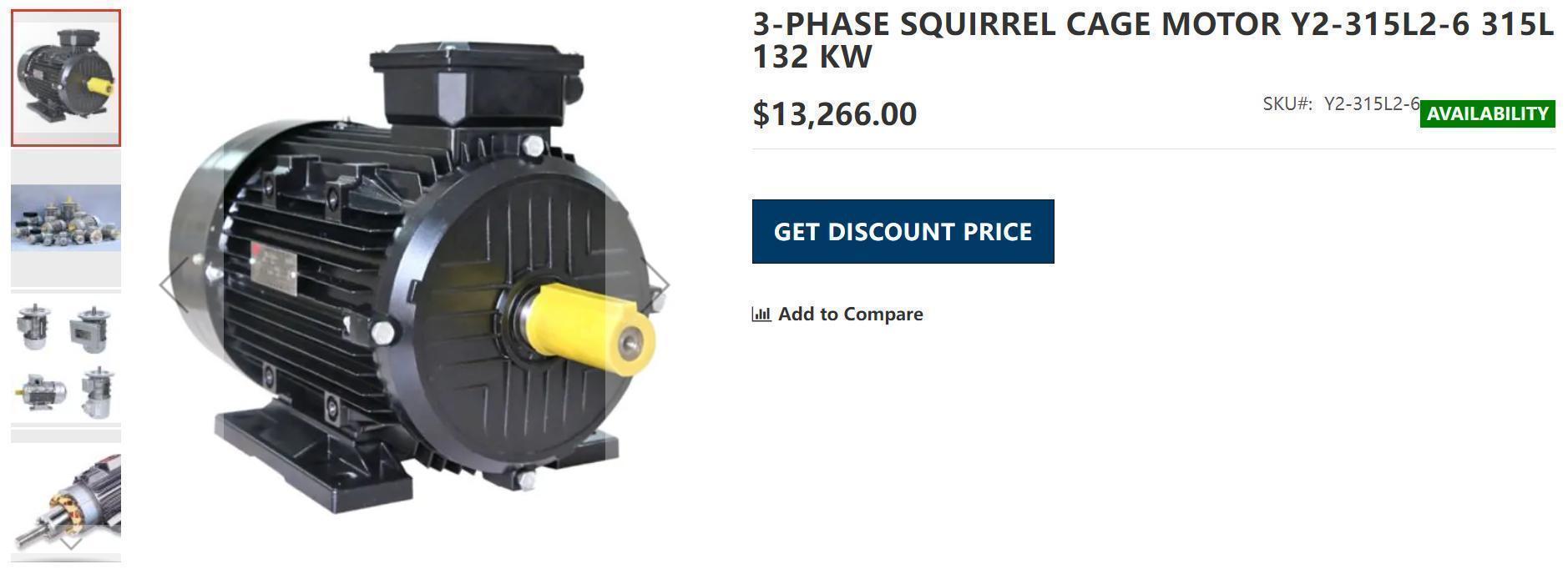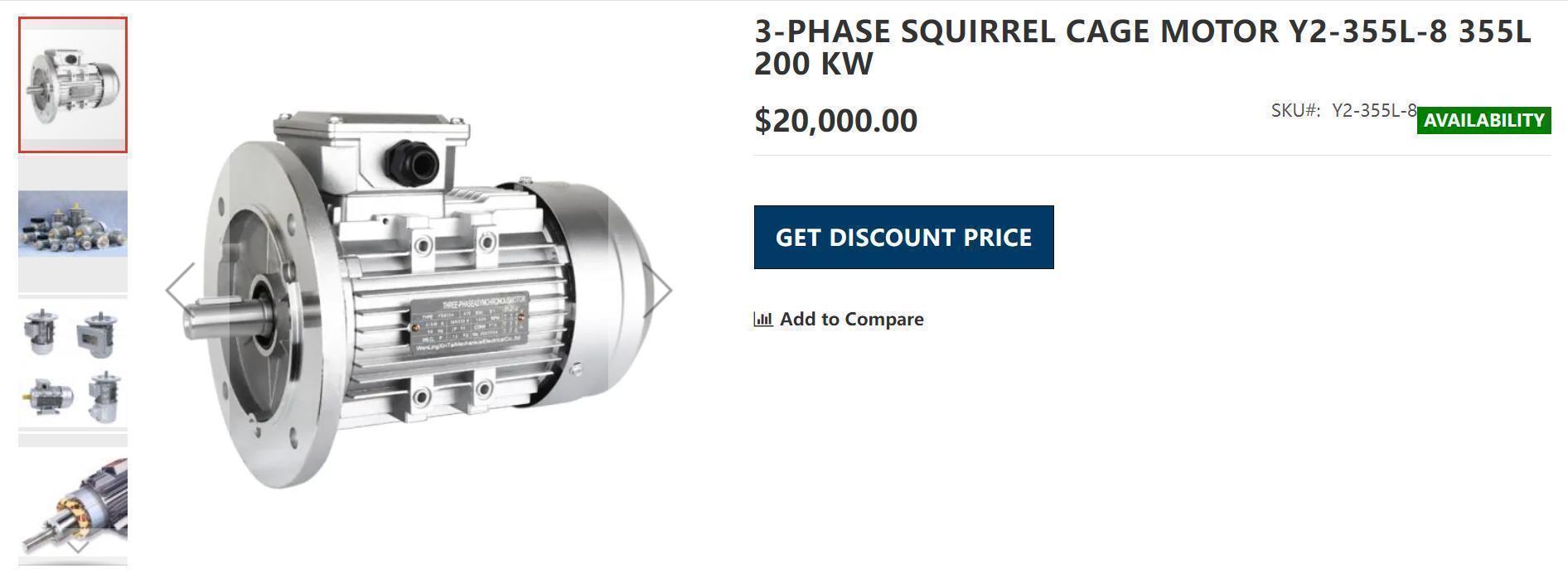Motor refers to an electromagnetic device that realizes the conversion or transmission of electric energy according to the law of electromagnetic induction. The motor is represented by the letter M in the circuit (the old standard is D). Its main function is to generate driving torque. As the power source for electrical appliances or various machinery, the generator is represented by the letter G in the circuit. Its main function is The role is to convert mechanical energy into electrical energy.
1. Divided according to the type of power supply: it can be divided into DC motors and AC motors.
1) DC motors can be divided according to structure and working principle: brushless DC motors and brushed DC motors. Brushed DC motors can be divided into: permanent magnet DC motors and electromagnetic DC motors. Electromagnetic DC motors are divided into: series-excited DC motors, shunt-excited DC motors, separately-excited DC motors and compound-excited DC motors. Permanent magnet DC motors are divided into: rare earth permanent magnet DC motors, ferrite permanent magnet DC motors and alnico permanent magnet DC motors.
2) AC motors can also be divided into: single-phase motors and three-phase motors.
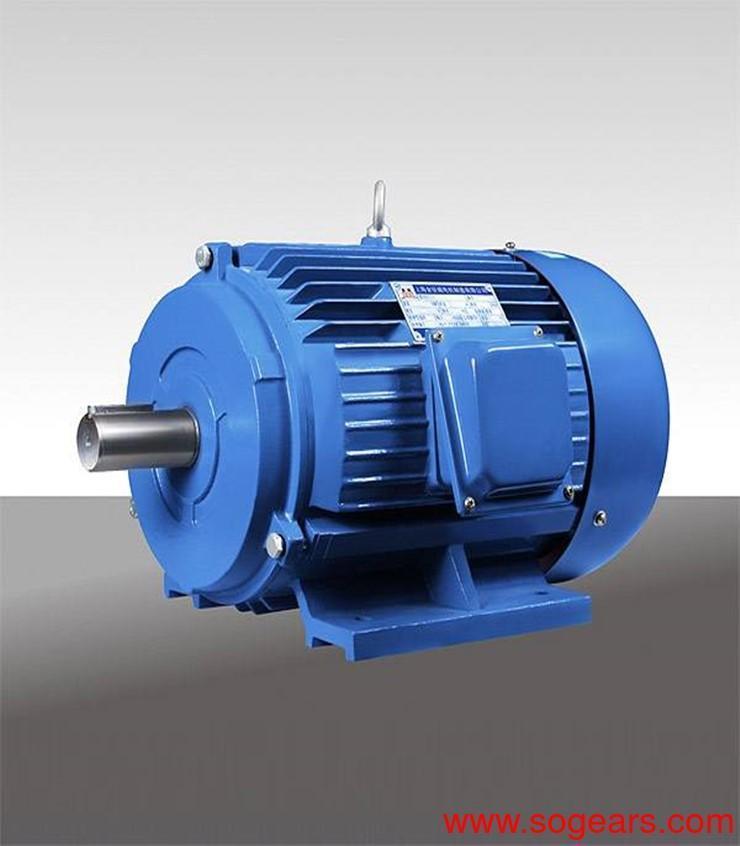
2. According to the structure and working principle, it can be divided into DC motors, asynchronous motors and synchronous motors.
1) Synchronous motors can be divided into: permanent magnet synchronous motors, reluctance synchronous motors and hysteresis synchronous motors.
2) Asynchronous motor can be divided into: induction motor and AC commutator motor. Induction motors can be divided into three-phase asynchronous motors, single-phase asynchronous motors and shaded-pole asynchronous motors. AC commutator motors can be divided into: single-phase series motors, AC and DC motors and repulsion motors.
3. According to the starting and operating modes, it can be divided into: capacitor-starting single-phase asynchronous motor, capacitor-operating single-phase asynchronous motor, capacitor-starting single-phase asynchronous motor and split-phase single-phase asynchronous motor.
4. According to the purpose, it can be divided into: drive motor and control motor.
1) Drive motors can be divided into: motors for electric tools (including tools for drilling, polishing, polishing, grooving, cutting, reaming, etc.), home appliances (including washing machines, electric fans, refrigerators, air conditioners, tape recorders, and video recorders) , DVD players, vacuum cleaners, cameras, hair dryers, electric shavers, etc.) and other general small mechanical equipment (including various small machine tools, small machinery, medical equipment, electronic equipment, etc.) motors.
2) The control motors are divided into stepping motors and servo motors. List of electric motor manufacturing companies in india.
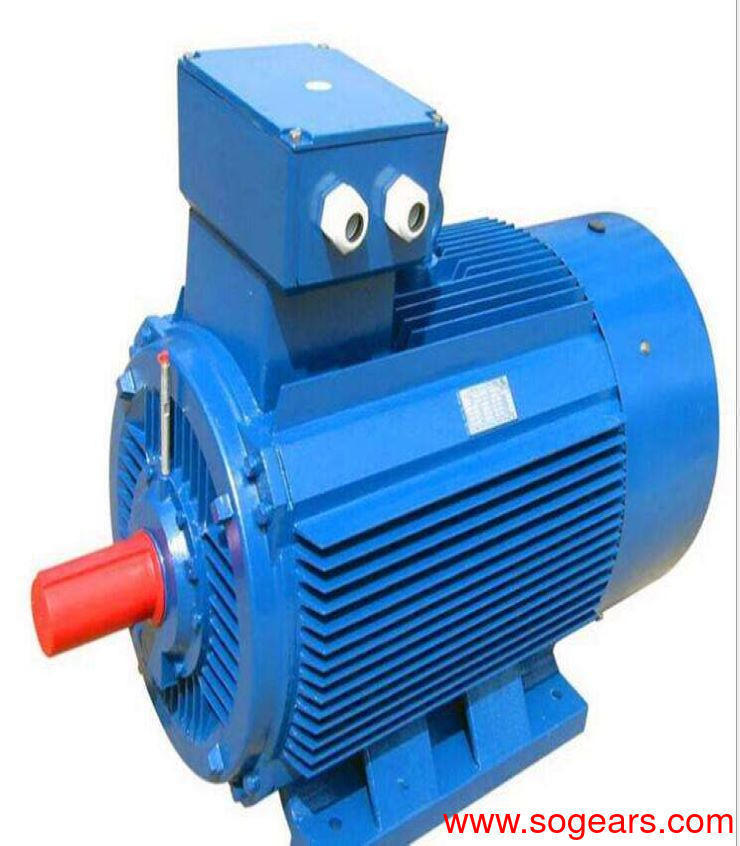
5. According to the structure of the rotor can be divided: cage induction motor (old standard called squirrel cage asynchronous motor) and wound rotor induction motor (old standard called wound asynchronous motor).
6. According to the operating speed, it can be divided into: high-speed motor, low-speed motor, constant-speed motor, speed-regulating motor. Low-speed motors are divided into gear reduction motors, electromagnetic reduction motors, torque motors and claw-pole synchronous motors. Speed regulating motors can be divided into stepped constant speed motors, stepless constant speed motors, stepped variable speed motors and stepless variable speed motors, but can also be divided into electromagnetic speed regulating motors, DC speed regulating motors, PWM variable frequency speed regulating motors and Switched reluctance speed motor. The rotor speed of an asynchronous motor is always slightly lower than the synchronous speed of the rotating magnetic field. The rotor speed of the synchronous motor has nothing to do with the size of the load and always maintains a synchronous speed.
basic structure:
1. The structure of a three-phase asynchronous motor consists of a stator, a rotor and other accessories.
(1) Stator (stationary part)
1. The stator core
Function: A part of the magnetic circuit of the motor, and the stator winding is placed on it.
Structure: The stator core is generally punched and laminated from silicon steel sheets with an insulating layer on the surface of 0.35 to 0.5 mm thick. The inner circle of the core is punched with evenly distributed slots to embed stator windings.
The stator core slot types are as follows:
Semi-closed slot: The efficiency and power factor of the motor are higher, but the winding and insulation are difficult. Generally used in small low-voltage motors.
Semi-open slot: It can be inserted into the shaped winding, generally used for large and medium low voltage motors. The so-called shaped winding means that the winding can be insulated beforehand and then put into the slot.
Open slot: It is used to insert and place the shaped winding, and the insulation method is convenient. It is mainly used in high-voltage motors.
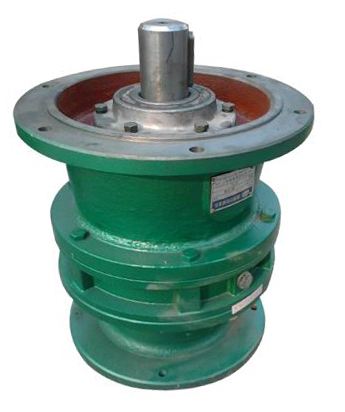
2. Stator winding Function: It is the circuit part of the motor, which is connected with three-phase alternating current to generate a rotating magnetic field. Structure: It is composed of three identical windings which are separated by 120° in electrical angle in space and arranged in a team. Each coil of these windings is embedded in each slot of the stator according to a certain rule.
There are three main insulation items for stator windings: (guarantee the reliable insulation between the conductive parts of the winding and the core and the reliable insulation between the winding itself).
1) Ground insulation: insulation between the stator winding and the stator core.
2) Insulation between phases: insulation between stator windings of eachphase.
3) Turn-to-turn insulation: the insulation between turns of each phase stator winding.
Wiring in the motor junction box: There is a wiring board in the motor junction box, and the six wires of the three-phase winding are arranged in two rows up and down. The three wiring posts in the upper row are numbered 1 (U1), 2 (V1), and 3 from left to right. (W1), the three wiring posts in the bottom row are numbered 6 (W2), 4 (U2), 5 (V2) arranged from left to right. Connect the three-phase windings into star connection or delta connection. All manufacturing and maintenance should be arranged according to this serial number.
3. Base
Function: Fix the stator core and the front and rear end covers to support the rotor, and play the role of protection and heat dissipation.
Structure: The frame is usually cast iron, the frame of large asynchronous motor is generally welded with steel plate, and the frame of micro motor is made of cast aluminum. There are radiating ribs on the outside of the frame of the enclosed motor to increase the heat dissipation area, and the end covers of the two ends of the frame of the protective motor are provided with ventilation holes, so that the air inside and outside the motor can directly convection to facilitate heat dissipation.
(2) Rotor (rotating part)
1. Rotor core of three-phase asynchronous motor: Function: As a part of the magnetic circuit of the motor and placing the rotor winding in the core slot.
Structure: The material used is the same as that of the stator, which is punched and laminated with 0.5 mm thick silicon steel sheets. The outer circumference of the silicon steel sheets is punched with evenly distributed holes to install the rotor windings. Usually, the inner circle of the silicon steel sheet after the stator core is punched is used to punch the rotor core. Generally, the rotor core of a small asynchronous motor is directly press-fitted on the shaft, and the rotor core of a large and medium-sized asynchronous motor (the rotor diameter is more than 300~400 mm) is pressed on the shaft with the aid of the rotor bracket.
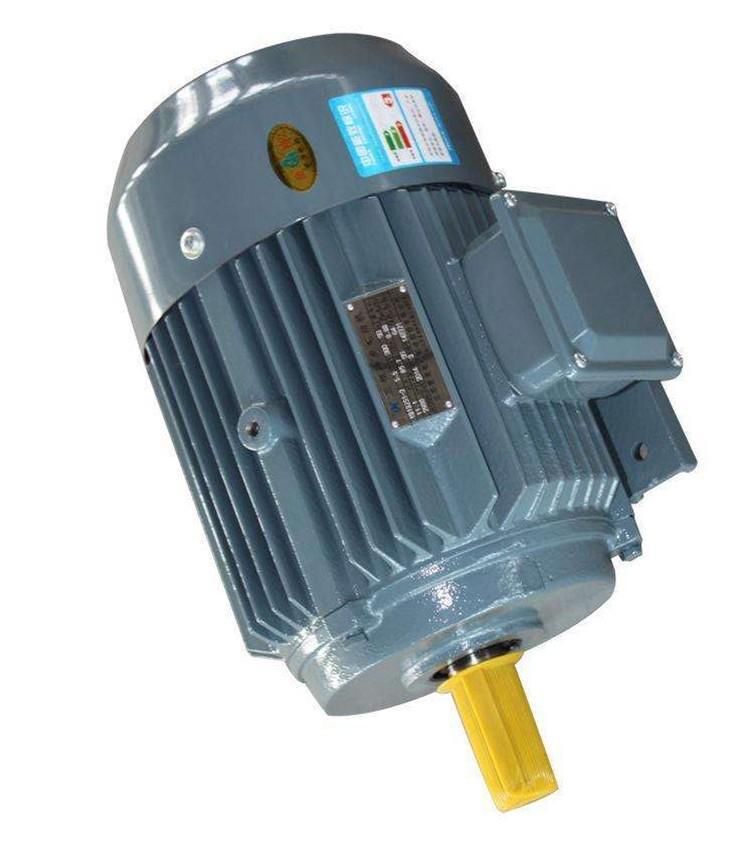
2. Rotor winding of three-phase asynchronous motor
Function: Cutting the stator rotating magnetic field generates induced electromotive force and current, and forms electromagnetic torque to make the motor rotate.
Structure: Divided into squirrel cage rotor and wound rotor.
1) Squirrel cage rotor: The rotor winding consists of multiple guide bars inserted into the rotor slot and two circular end rings. If the rotor core is removed, the entire winding looks like a squirrel cage, so it is called a cage winding. Small cage motors use cast aluminum rotor windings. For motors over 100KW, copper bars and copper end rings are welded together.
2) Wound rotor: similar to the stator winding, the wound rotor winding is also a symmetrical three-phase winding, which is generally connected in a star shape, and the three outlet ends are connected to the three current collecting rings of the rotating shaft, and then the External circuit connection.
Features: The structure is more complex, so the application of the wound motor is not as wide as the squirrel cage motor. However, additional resistors and other components are connected in the rotor winding circuit through the collector ring and brushes to improve the starting and braking performance and speed regulation performance of the asynchronous motor. Therefore, smooth speed regulation equipment within a certain range is required, such as Used on cranes, elevators, air compressors, etc.
(3) Other accessories of three-phase asynchronous motor
1. End cover: supporting function.
2. Bearing: connect the rotating part and the stationary part.
3. Bearing end cover: protect the bearing.
4. Fan: to cool the motor.
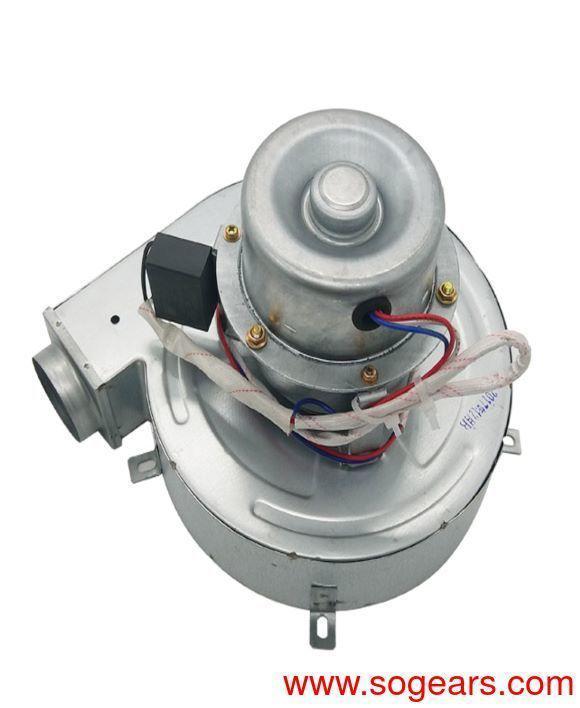
2. The DC motor adopts an octagonal full lamination structure, which not only has high space utilization, but also can withstand pulsating current and rapid load current changes when using a static rectifier for power supply. DC motors generally do not have series windings, which are suitable for automatic control technologies that require forward and reverse motor rotation. According to user needs, it can also be made into a series winding. Motors with a center height of 100-280mm have no compensation windings, but motors with a center height of 250mm and 280mm can be made with compensation windings according to specific conditions and needs, and motors with a center height of 315-450mm have compensation windings. The overall installation dimensions and technical requirements of the motor with a center height of 500~710mm are in line with IEC international standards, and the mechanical dimension tolerance of the motor is in line with ISO international standards.
The main purpose:
1. Servo motor
Servo motors are widely used in various control systems. They can convert the input voltage signal into a mechanical output on the motor shaft and drag the controlled components to achieve the purpose of control.
Servo motors are divided into DC and AC. The earliest servo motors are general DC motors. When the control accuracy is not high, general DC motors are used as servo motors. Structurally speaking, a DC servo motor is a low-power DC motor. Its excitation mostly uses armature control and magnetic field control, but armature control is usually used.

2. Stepping motor
Stepping motors are mainly used in the field of CNC machine tool manufacturing. Because stepping motors do not require A/D conversion and can directly convert digital pulse signals into angular displacements, they have always been considered as the most ideal CNC machine tool actuators.
In addition to the application on CNC machine tools, stepper motors can also be used in other machinery, such as as the motor in automatic feeders, as the motor of general floppy disk drives, and also in printers and plotters.
3. Torque motor
Torque motors have the characteristics of low speed and high torque. Generally, AC torque motors are often used in the textile industry, and their working principle and structure are the same as single-phase asynchronous motors.
4. Switched reluctance motor
Switched reluctance motor is a new type of speed regulating motor with extremely simple and sturdy structure, low cost and excellent speed regulation performance. It is a strong competitor of traditional control motors and has strong market potential.
5. Brushless DC motor
The brushless DC motor has good mechanical characteristics and adjustment characteristics linearity, wide speed range, long life, easy maintenance, low noise, and there is no series of problems caused by brushes, so this kind of motor has a lot of advantages in the control system. Big application.
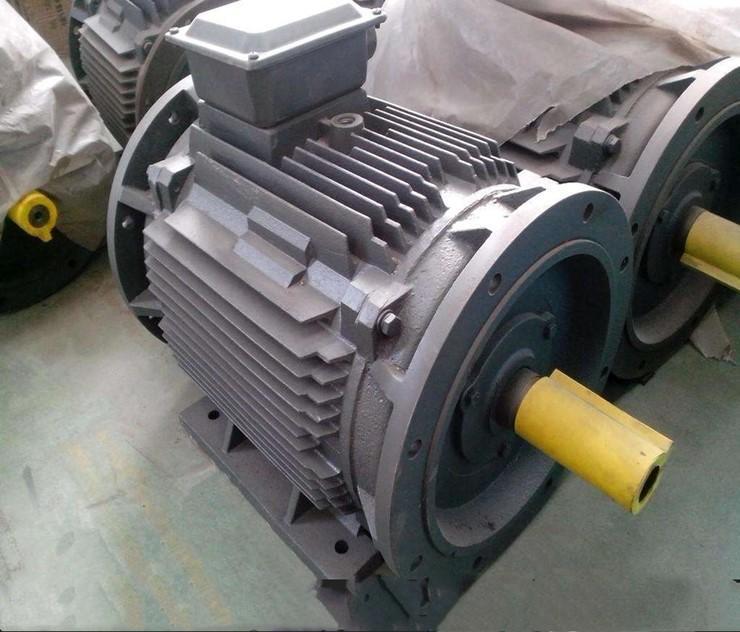 6. DC motor
6. DC motor
DC motors have the advantages of good speed regulation performance, easy starting, and ability to start under load. Therefore, DC motors are still widely used, especially after the appearance of SCR DC power supplies.
7. Asynchronous motor
The asynchronous motor has the advantages of simple structure, convenient manufacture, use and maintenance, reliable operation, small quality and low cost. Asynchronous motors are widely used to drive machine tools, water pumps, blowers, compressors, hoisting equipment, mining machinery, light industrial machinery, agricultural and sideline products processing machinery, and most industrial and agricultural production machinery, household appliances and medical equipment.
There are many applications in household appliances, such as electric fans, refrigerators, air conditioners, vacuum cleaners, etc.
8. Synchronous motor
Synchronous motors are mainly used in large machinery, such as blowers, water pumps, ball mills, compressors, rolling mills, and small and micro instruments or as control components. Among them, the three-phase synchronous motor is its main body. In addition, it can also be used as a tuning camera to deliver inductive or capacitive reactive power to the grid.
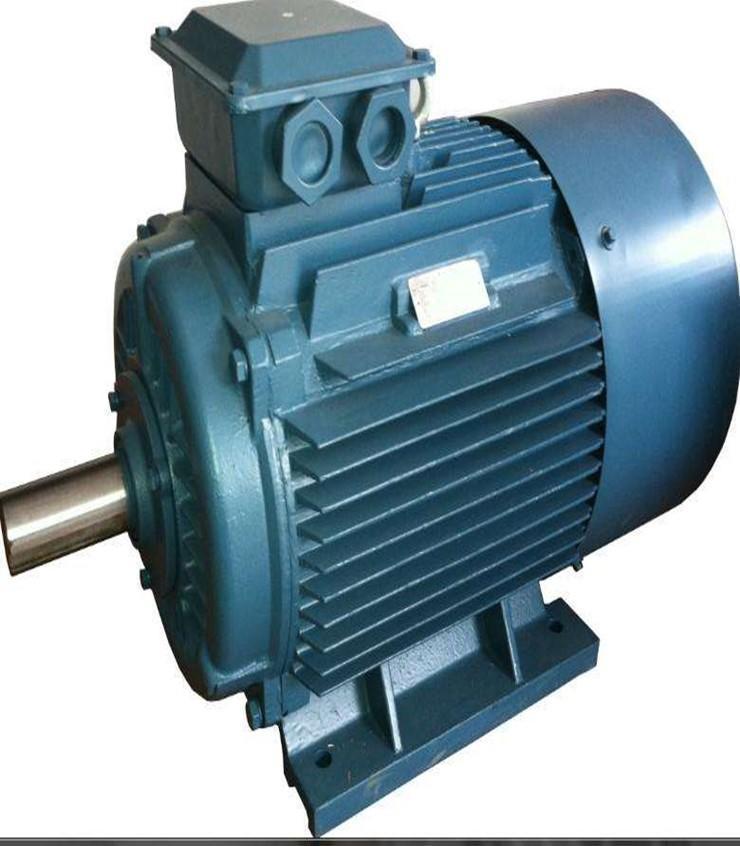
NER GROUP CO.,LIMITED is a professional manufacturer and exporter of gearbox reducers, gear motors and electric motors for several years from China.
We believe that we can cooperate with you on this business and please contact us if you are interested.
You are welcomed to visit our catalogue website for more information:
www.sogears.com
Mobile:+86-18563806647
www.guomaodrive.com
https://twitter.com/gearboxmotor
Viber/Line/Whatsapp/Wechat: 008618563806647
E-mail:
No.5 Wanshoushan Road, Yantai, Shandong,China(264006)
Gear reduction motor, reduction gearbox manufacturer, visit www.bonwaygroup.com Email:
